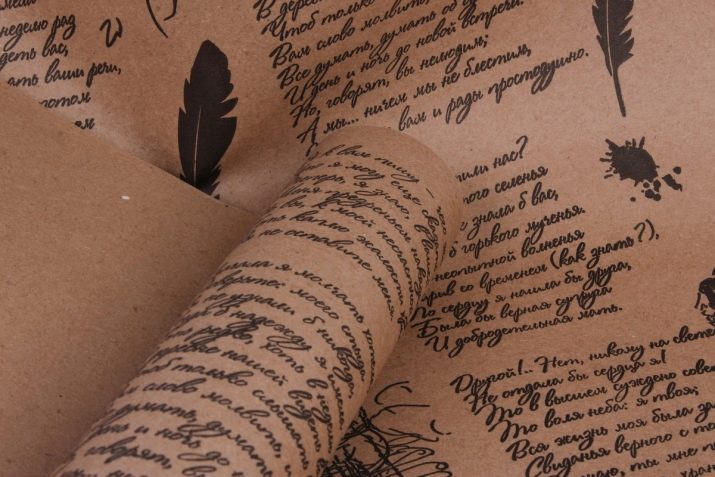How to make craft paper with your own hands?
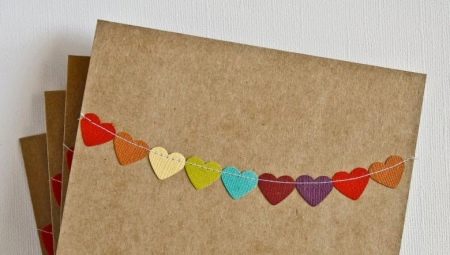
Making craft paper with your own hands involves aging the usual writing variety. An experienced craftsman, for whom craft paper is one of the most demanded types of consumables, will age ordinary paper so that an outside observer will not guess that it was completely new a few days ago.
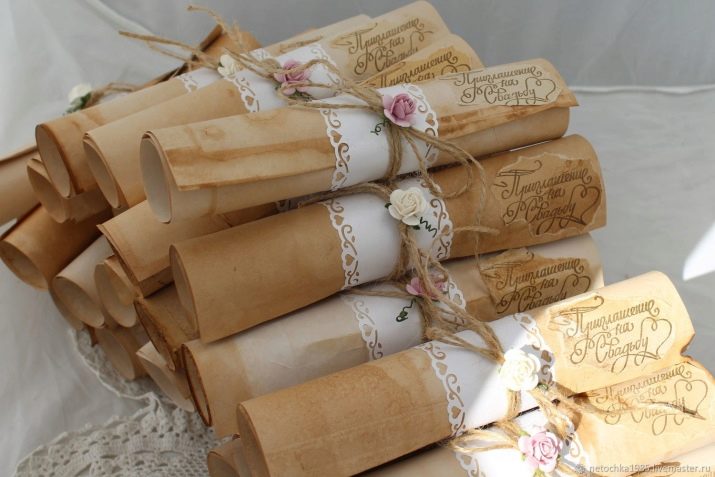
Use of tea
The quality of the tea doesn't really matter. Even if it is a low-quality tea colored with dyes, it will not make the paper look worse than when processed in an expensive tea brew. You can even use a stale drink that no one else will drink. The main thing is that there is no mold or mildew in it, which will simply destroy the paper when it is stored.
In order not to waste fresh tea leaves, you can use a tea bag, from which the main dose of tea substances has already left.
Natural dyes, which remained there in small quantities, are enough to give the new paper a shade of warm colors. Apply the infusion liquid to a clean sheet on a metal or plastic tray and let the sheet dry. You can iron the paper with an iron to straighten it. In general, in all cases, it is better to straighten the sheet with an iron so that it does not turn out wrinkled.

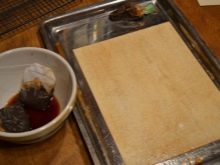
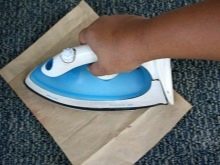
Application of coffee
No fundamentally new methods are required to dye a leaf a coffee color. The coloring of the paper is carried out mainly due to the coffee substances contained both in the freshly brewed drink and in the thick from under it.
You can use the lowest-quality and cheapest instant coffee for making kraft paper: you would hardly drink it regularly, but this concentrate will do quite well for crafts.
To apply the coffee solution, use the same method as for tea-making paper. You will need a waterproof surface, the appearance of which is not critical for any rough work. The soaked paper needs to be dried. If smoothness is not important, then you don't need to iron it with an iron.
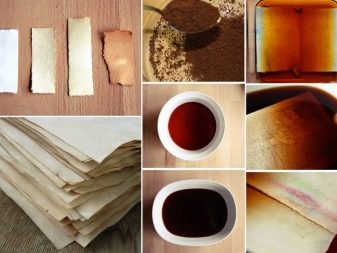
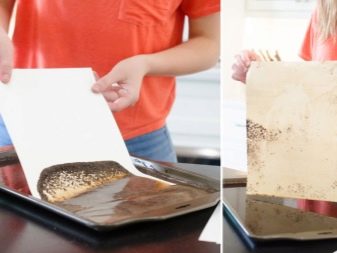
More ideas
You can make craft paper with your own hands at home by impregnating it with any water-based substances (or their solutions) that are environmentally friendly for humans. But only the material that takes on shades from yellow to light brown looks really aged. The application of dyes, for example, an alcohol solution of ink or brilliant green, all kinds of blue dyes, such as those used to restore the "marketable" color of jeans and trousers, will negate the effect of aging.
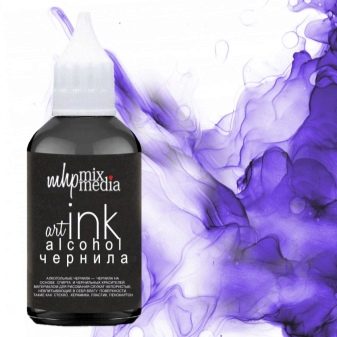
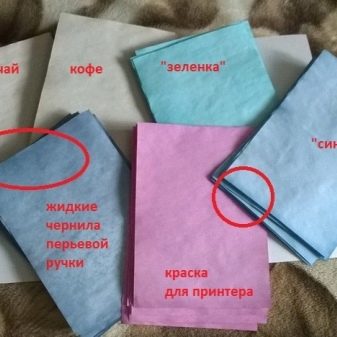
Despite the brown color of iodine, an attempt to saturate it with a weak solution of paper will lead to an unexpected effect: it will turn blue-violet rather than brown. The fact is that the paper contains a small amount of starch, which turns blue from iodine. The effect will not be the same as the beginner hoped for.
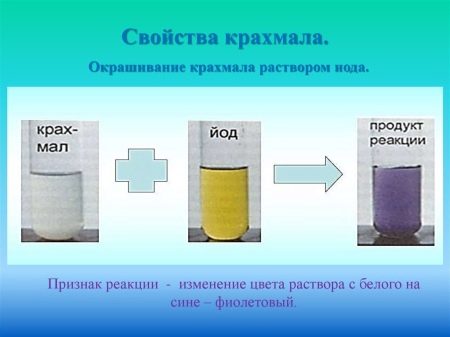
The paper can be heated in the summer in the sun by exposing or hanging it where almost all day or most of it, access to direct sunlight is not difficult. This will help to achieve the desired effect in a few days: the paper will look as if it has been lying in a secluded place for 10-40 years.
To use thermal aging, the temperature on the iron should not be set too high. It is not enough to seriously burn the paper. At the same time, the leaf turns brownish-yellow.
To age the sheet this way, turn on the iron at 120 degrees and leave it working on the paper for a few minutes.
It will turn on and off periodically. The main thing is to remove the iron from the sheet in time, otherwise your paper blank will burn out and become too fragile, tearing from the slightest careless movement like toilet paper. It is impossible to use an electric stove, an open flame and heating devices, whose active elements heat up to a high temperature of 200 degrees: this will ruin the workpiece.
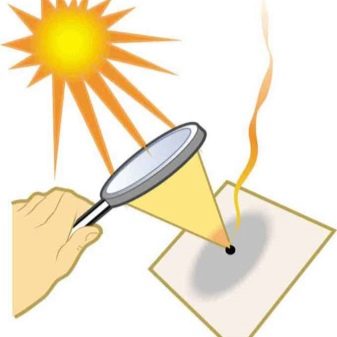

Agents used to age paper dyes should not be sticky. This will lead to the fact that insects settle on the material, and it will also become a bait for rodents.
If you print on such paper in a vintage font (Brush Script Std, Blackadder ITC, Bickham Script Pro Regular, Edwardian Script ITC and the like), you will be able to write "messages from the past."
Having found a substitute for chemical ink, you can make a copy, for example, of a letter or notes of any writer or poet, recreating his handwriting and writing style as accurately as possible (it will take a lot of training). By printing an old map on paper, you will receive a unique "historical" document. You can fake ideally any other by transferring it with the help of computer technology to a new and artificially aged paper medium.
